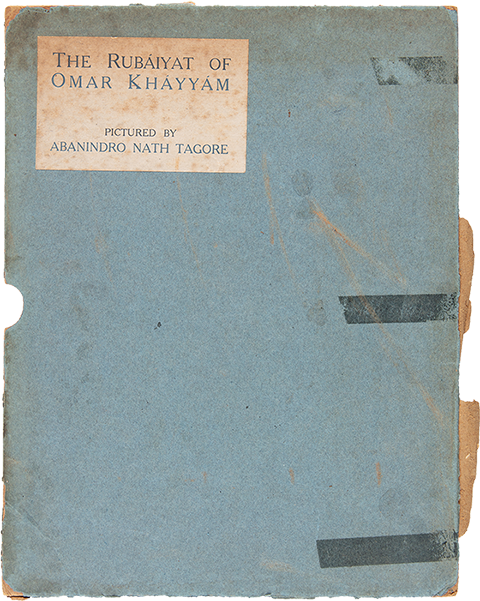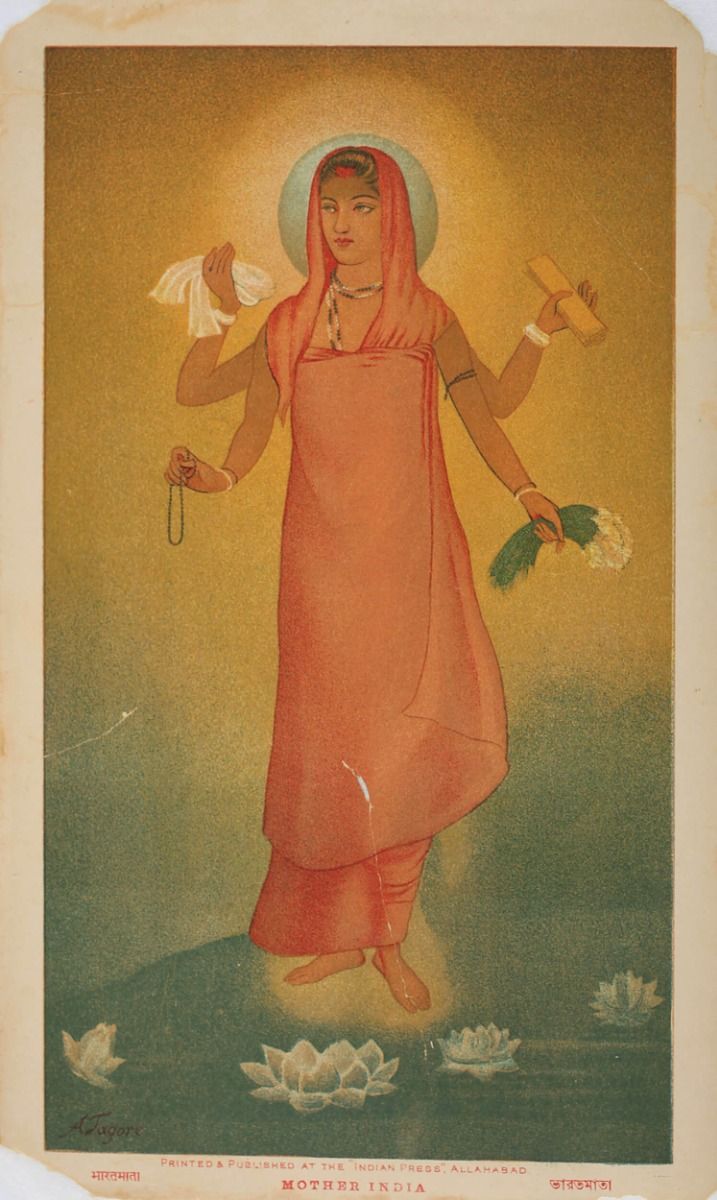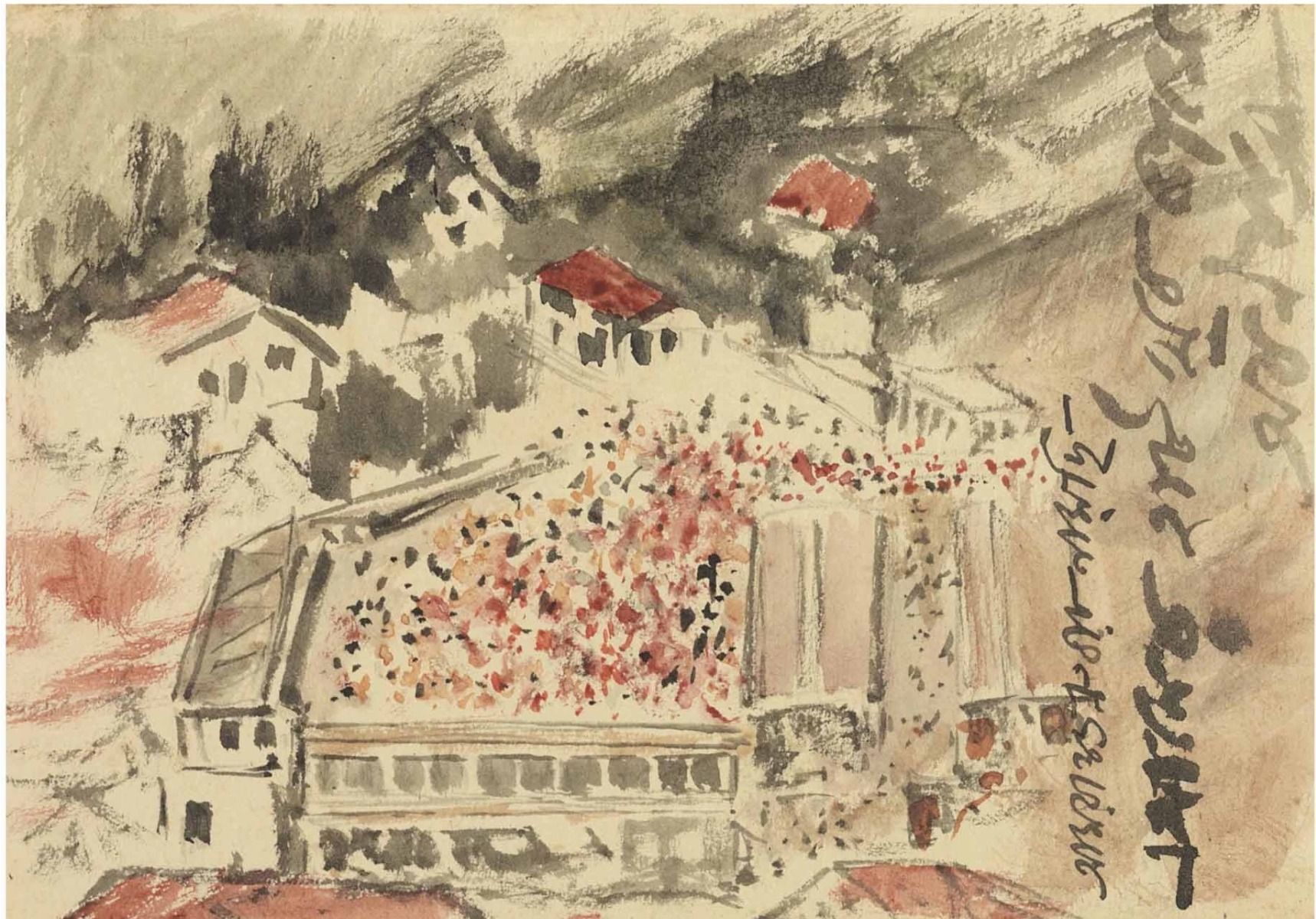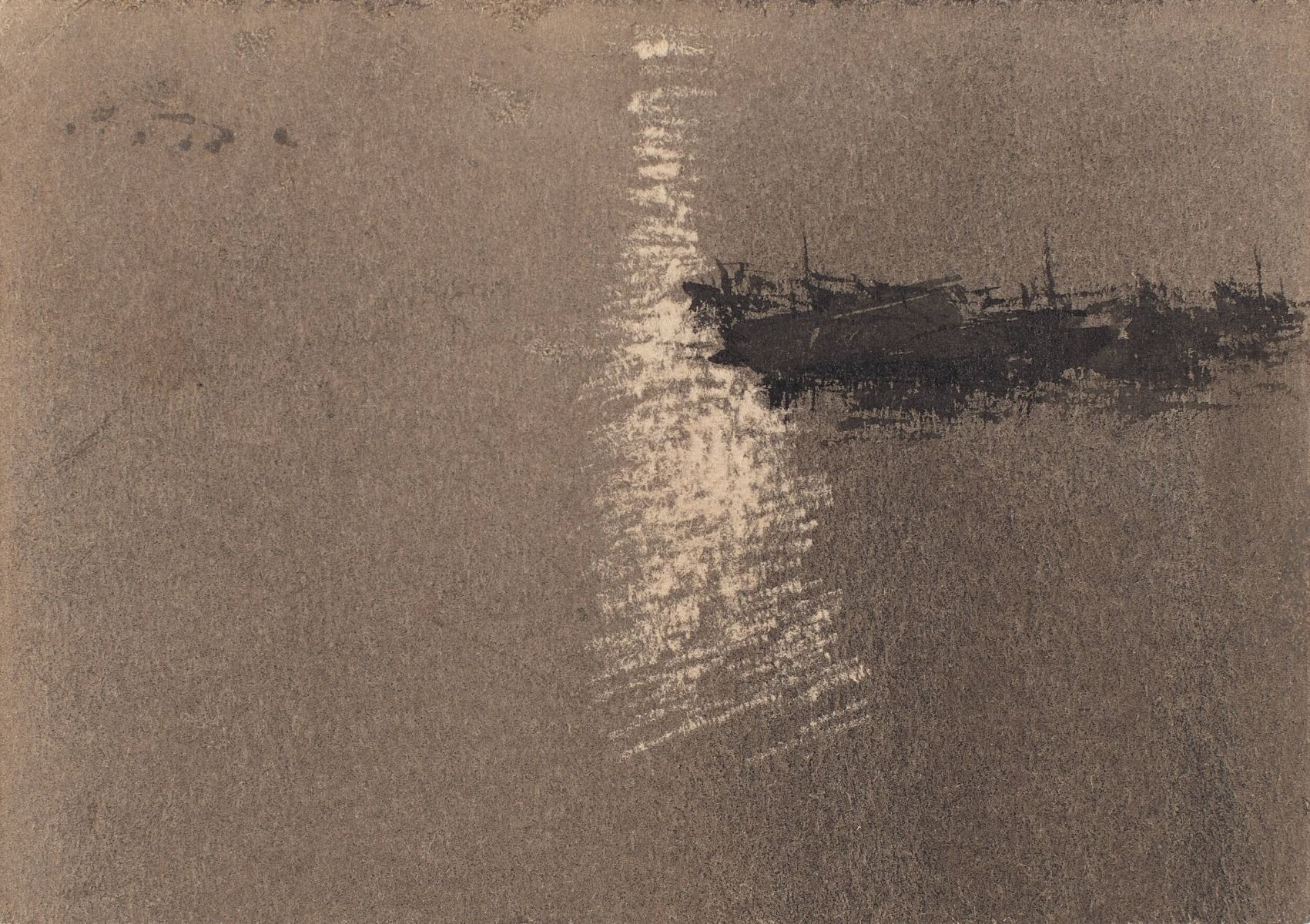The Rubaiyat of Omar Khayyam pictured by Abanindro Nath Tagore
The Rubaiyat of Omar Khayyam pictured by Abanindro Nath Tagore
The Rubaiyat of Omar Khayyam pictured by Abanindro Nath Tagore
|
Abanindranath Tagore The Rubaiyat of Omar Khayyam pictured by Abanindro Nath Tagore medium Print on paper, hardcover four flap folder cover with a linen lining on the spine and glassine dust wrappers |
| Art Artist Names Single | Abanindranath Tagore |
|---|










